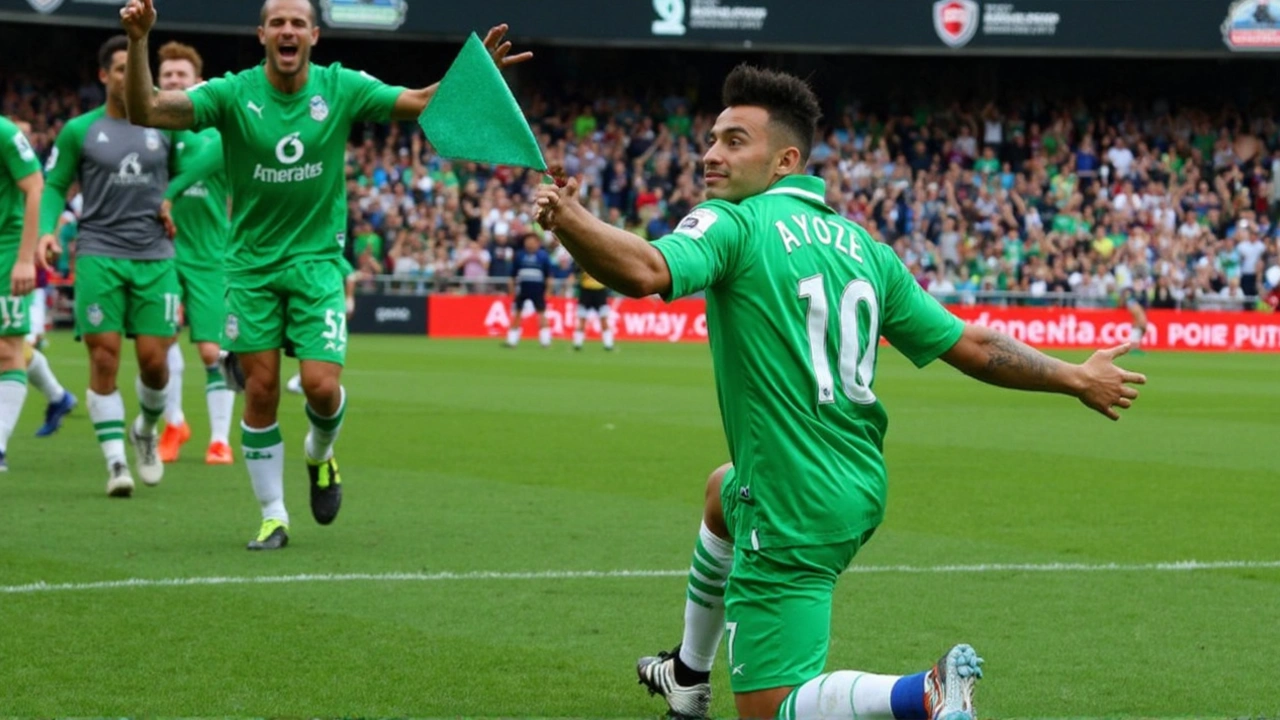The Historical Impact of Streetcars on Urban Growth
Streetcars have had a profound connection with urban development dating back to the late 19th and early 20th centuries. During this period, streetcars were pivotal in facilitating the expansion of cities. To understand this relationship, we need to look at how streetcars were instrumental in shaping urban landscapes and promoting economic growth. Streetcar lines would extend from city centers to outlying areas, thereby opening up new residential and commercial zones. This connectivity helped cities grow at a remarkable pace, transforming them from compact towns into sprawling urban centers. The introduction of streetcars was often followed by a surge in property development along their routes, as land near streetcar lines became prime real estate. This era saw widespread urbanization, with streetcars playing a central role in shaping the modern city as we know it.
Modern-Day U.S. Cities Experiencing Streetcar Success
In the contemporary world, cities such as Portland, Oregon, and Kansas City, Missouri, have harnessed the power of streetcars to spur significant economic development. Portland's streetcar system, introduced in 2001, has been lauded as a model for modern urban transit. This system has not only enhanced public transportation but also led to an increase in property values and stimulated local businesses. The Pearl District in Portland is a testament to this success. Once an industrial area, it has been revitalized into a bustling neighborhood with shops, restaurants, and residences, largely thanks to the streetcar line running through it. Similarly, Kansas City's streetcar, operational since 2016, has attracted over $2 billion in development within a five-block radius of its route. This resurgence has been marked by new businesses, improved public spaces, and a general uplift in the quality of urban life. Streetcars in these cities have demonstrated the potential to be catalysts for positive change, enhancing connectivity and promoting investment in previously underutilized areas.

Challenges Faced by Less Successful Streetcar Projects
Despite these successes, not all cities have found streetcar systems to be the magic bullet for urban revitalization. Cities like Cincinnati, Ohio, and Atlanta, Georgia, offer cautionary tales. Cincinnati's streetcar system, launched in 2016, has struggled with financial viability from the start. Projected ridership numbers have not met expectations, leading to operational deficits. Skeptics argue that the route design, which primarily serves downtown areas without effectively connecting to other parts of the city, might be a part of the problem. Atlanta's streetcar, initiated in 2014, has faced similar issues. Low ridership and high operational costs have rendered the project less successful than originally hoped. The lack of integration with the city's larger public transport network and limited connectivity to key destinations are cited as reasons for its underperformance. These challenges highlight the complexities and risks associated with streetcar projects, emphasizing that without proper planning and execution, such initiatives can fall short of their transformative potential.
The Importance of Thorough Planning and Community Engagement
The mixed outcomes of streetcar projects underline the necessity of meticulous planning and coordination. Cities that wish to introduce or expand streetcar systems must engage in comprehensive planning processes. This includes assessing potential routes for maximum impact, integrating streetcars with existing public transportation networks, and ensuring accessibility to major employment and residential areas. This process must also consider long-term sustainability to avoid operational losses. Equally important is community engagement. Introducing a streetcar system affects local neighborhoods, and it's crucial to involve residents in the planning process. Addressing concerns related to gentrification and displacement is vital to maintaining community support. For instance, rising property values and rents along streetcar lines can lead to displacement of long-standing residents and businesses. By involving local communities and transparently addressing potential risks, cities can foster more inclusive and equitable urban development. This balanced approach can help mitigate negative impacts while maximizing the benefits of streetcar systems.

Potential of Streetcars to Enhance Urban Livability and Sustainability
Despite the challenges, the potential of streetcars to enhance urban livability and promote sustainable development remains significant. Streetcars offer a more environmentally friendly alternative to cars, contributing to reduced traffic congestion and lower emissions. They also encourage a shift towards public transportation, fostering a more sustainable urban lifestyle. By making areas more accessible, streetcars help create vibrant, walkable neighborhoods that attract residents and tourists alike. Modern streetcar systems can also serve as symbols of progressive urban development, showcasing a city's commitment to sustainable growth. When well-executed, these projects bring about a host of benefits, including economic stimulation, improved public spaces, and a higher quality of life. The key lies in understanding the unique needs and contexts of each city and designing streetcar systems that complement and enhance existing urban infrastructures. Through careful planning, community involvement, and attention to sustainability, streetcars can once again play a central role in shaping the cities of the future.
Conclusion: A Nuanced Approach to Urban Transit
In summary, streetcars have a storied history of contributing to urban development and continue to hold promise for the future. Cities like Portland and Kansas City exemplify the positive impact that well-planned streetcar systems can have, driving economic growth and revitalizing neighborhoods. However, the experiences of Cincinnati and Atlanta remind us of the complexities and challenges associated with such projects. Success depends on a thorough understanding of local contexts, careful planning, and robust community engagement. Addressing concerns about gentrification and ensuring financial viability are crucial steps in this process. In essence, while streetcars offer exciting opportunities for enhancing urban life and promoting sustainable development, their implementation requires a strategic, inclusive, and context-sensitive approach. With the right planning and support, streetcars can once again become vital assets in the tapestry of urban transit.





